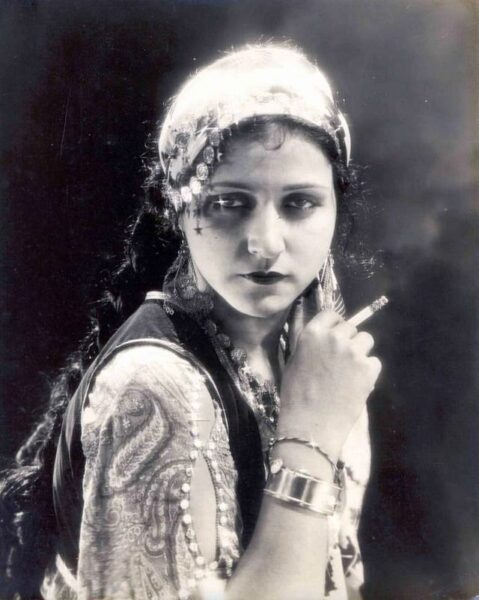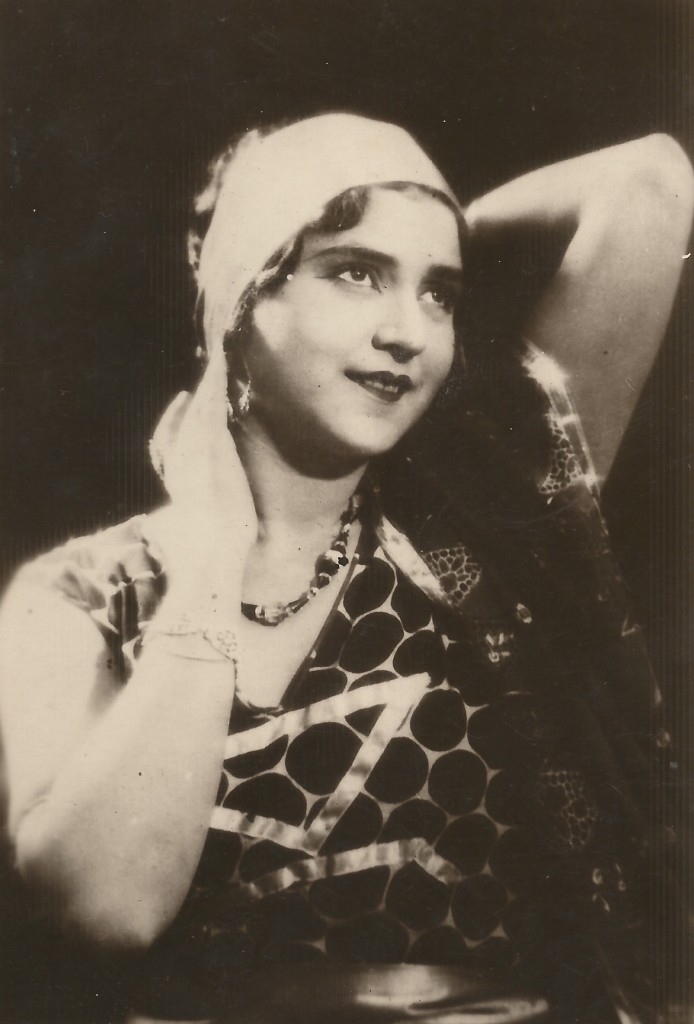Chubby, petite and brown eyed, the self-christened Sulochana was among the early Jewish female stars of Indian Cinema at a time when acting was taboo for girls from decent Indian films. Sulochana went on to become the biggest film star of her time and at her peak, drew a salary higher than the Governor of the Bombay Presidency.
Sulochana was born Ruby Myers in 1907 in Pune and was working as a telephone operator when she was approached by Mohan Bhavnani of Kohinoor Films to work in films. Though excited by the offer, she initially turned him down as acting was regarded as quite a dubious profession for women those days. However Bhavnani persisted with his offer and she finally agreed, despite having no knowledge of acting whatsoever. She became a star under Bhavnani’s direction at Kohinoor before moving on to the Imperial Film Company owned by Ardershir Irani where she became the highest paid movie star in the country.
Among her popular films were Typist Girl (1926), Balidaan (1927) and most famously, Wildcat of Bombay (1927) where she essayed eight roles including a gardener, a policeman, a Hyderabadi gentleman, a street urchin, a banana seller and a European blonde!

Three romantic super hits in 1928-29 with director RS Chaudhari – Madhuri (1928), Anarkali (1928) and Indira BA (1929) saw her at her peak of fame in the silent film era. In fact so widespread was her fame that when a short film on Mahatma Gandhi inaugurating a khadi exhibition was shown, a hugely popular dance of Sulochana’s from Madhuri was added alongside it and synchronised with sound effects.
With the coming of sound Sulochana suddenly found a lull in her career, as it now required an actor to be proficient in Hindustani. Taking a year off to learn the language, she made a grand comeback with the talkie version of Madhuri (1932).
Further talkie versions of her silent hits followed and with Indira (now an) MA (1934), Anarkali (1935) and Bombay ki Billi (1936). Sulochana was back with a bang. She was drawing a salary of Rs 5,000 per month, she had the sleekest of cars (Chevrolet 1935) and one of the biggest heroes of the silent era, D Billimoria, as her lover with whom she worked exclusively between 1933 and 1939. They were an extremely popular pair – his John Barrymore style opposite her Oriental ‘Queen of Romance’ image.
But once their love story ended so did their careers. Sulochana left Imperial to find few offers forthcoming. Newer, younger and more proficient actresses had entered the scene. She tried making a comeback with character roles but even these were far and few in between.
However, she still had the power to excite controversy. In 1947, Moraji Desai banned the Dilip Kumar-Noor Jehan starrer, Jugnu, because it showed such a morally reprehensible act as an aging fellow professor falling for Sulochana’s vintage charms.
In 1953, she acted in her third Anarkali, but this time in a supporting role as Salim’s mother. She continued to do small roles on and off in films like Lal Batti (1957), Kaagaz ke Phool (1959), Dil Apna Aur Preet Parayai (1960), Akeli Mat Jaiyo (1963), Mere Humdum Mere Dost (1968) and Julie (1975), often cast as an elderly Christian, Anglo-Indian or Parsee lady.
She finally passed away lonely and forgotten in 1983 in her flat in Bombay. A sad end for the woman who once became famous for drawing a larger salary than the Governor of Bombay and who even acted in a film named after her – Sulochana (1933) but such is showbiz!
Sulochana was awarded the Dadasaheb Phalke in 1974 for her contribution to Indian cinema.



She was not Eurasian, she was Jewish.
Yes, she was indeed Jewish. Corrected it. Thanks!!!